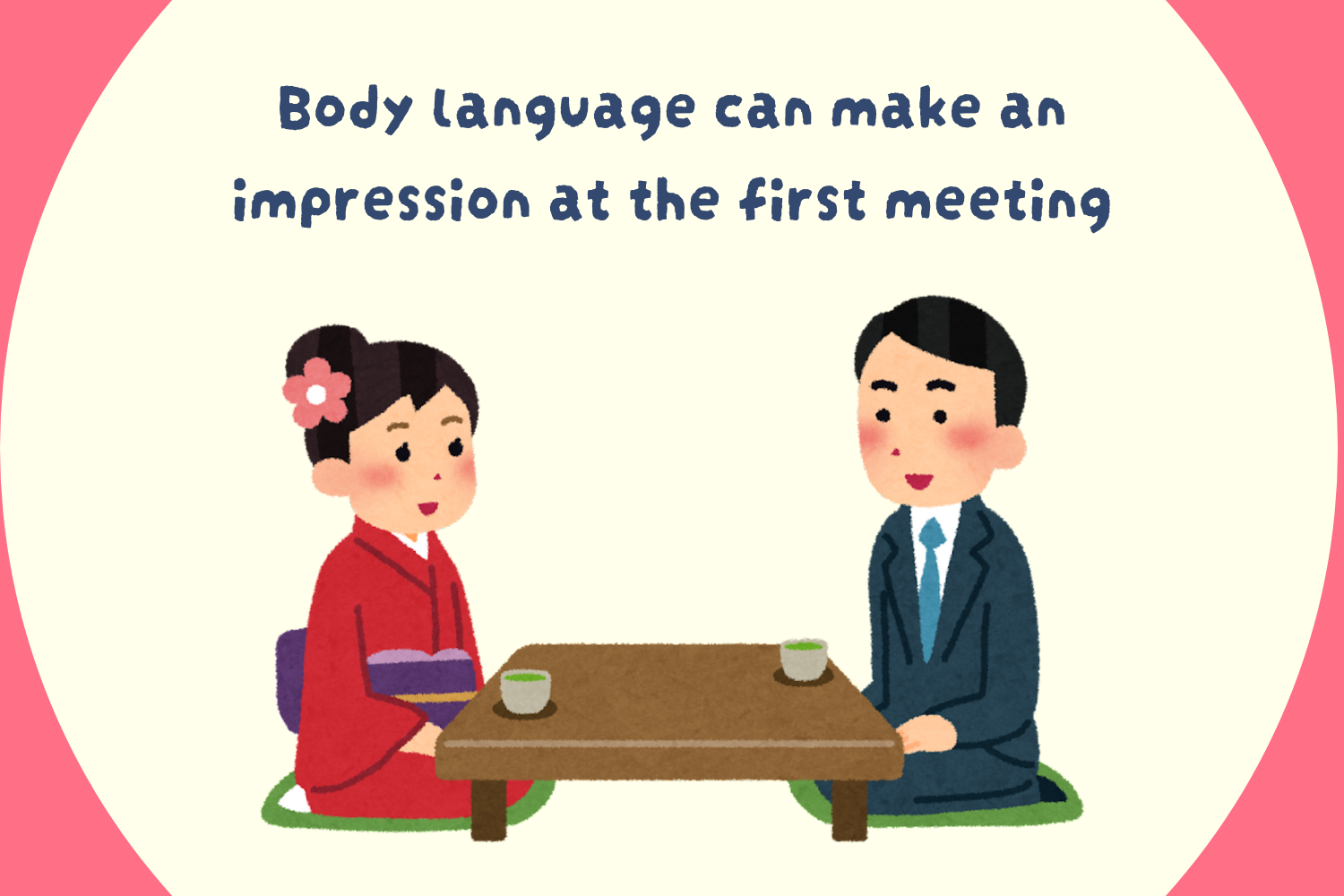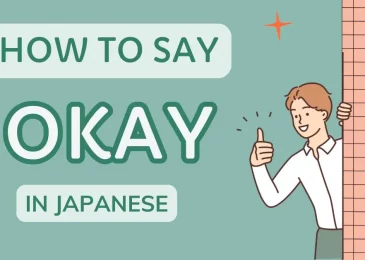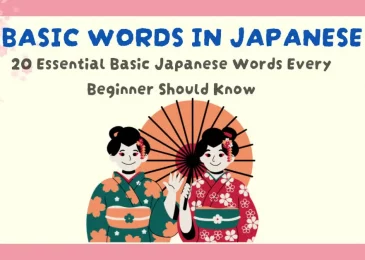- The Meaning of “Hajimemashite” – Nice to meet you in Japanese
- How to Use “Hajimemashite” in Different Situations
- Additional Japanese phrases to say “Nice to meet you” for First Meetings
- Japanese Etiquette and Body Language During Introductions
- Cultural Significance of First Impressions in Japan
- Expanding Your Japanese Vocabulary for Introductions
- Leverage MochiKanji to Practice “Nice to meet you” in Japanese
- Conclusion
In Japanese culture, greetings go beyond mere pleasantries; they are expressions of respect, social harmony, and politeness. Learning how to say “Nice to meet you” in Japanese is essential for anyone wanting to make a positive impression in Japan. This phrase initiates a new relationship and reflects a willingness to respect Japanese etiquette and cultural values.
The Japanese phrase for “Nice to meet you” is “Hajimemashite” (はじめまして), which conveys more than just a greeting. This article will explain the Hajimemashite meaning, how to use it appropriately and explore additional Japanese greetings and etiquette tips. By the end of this guide, you’ll know how to introduce yourself in Japanese and understand the nuances of making a respectful first impression.
The Meaning of “Hajimemashite” – Nice to meet you in Japanese
“Hajimemashite” (はじめまして) is used exclusively when meeting someone for the first time. Unlike “Nice to meet you” in English, which may feel casual, Hajimemashite carries a sense of formality and respect. It comes from the verb “hajimeru” (始める), meaning “to begin,” indicating that this is the start of a new connection.
The use of “Hajimemashite” acknowledges the cultural significance of first encounters in Japan, where respect and social harmony are paramount. It’s a way to show humility and readiness to establish a positive relationship, an important aspect of Japanese culture where interactions often follow specific social codes.
In professional or formal settings, “Hajimemashite” is almost always accompanied by other polite phrases, as greetings are essential in setting the tone for any interaction. Knowing this phrase and using it correctly shows respect for the language and the culture, making it a must-know for anyone interested in Japanese etiquette.
How to Use “Hajimemashite” in Different Situations
To use “Hajimemashite” effectively, understanding the context and knowing how to construct a polite introduction are essential.
When to Use “Hajimemashite”: Use “Hajimemashite” during your first meeting with someone, whether it’s a social gathering, a formal business meeting, or a casual encounter. It’s suitable for almost all types of first-time introductions in Japan.
How to Use “Hajimemashite” in a Self-Introduction: In Japan, introductions often follow a standard pattern. Start with “Hajimemashite,” then introduce your name with “watashi wa [Your Name] desu” (私は [Your Name] です), meaning “I am [Your Name].” To make the introduction even more polite, end with “Yoroshiku onegaishimasu” (よろしくお願いします), which can be loosely translated to “Please treat me well” or “I look forward to working with you.”
Example of a Self-Introduction
Imagine meeting someone at a work function. Your introduction might go like this:
“Hajimemashite, watashi wa Tanaka desu. Yoroshiku onegaishimasu.”
Translation: “Nice to meet you, I am Tanaka. Please take care of me.”
What “Yoroshiku Onegaishimasu” Really Means
“Yoroshiku onegaishimasu” is an important phrase that follows “Hajimemashite” in a typical Japanese introduction. While there’s no direct English equivalent, this phrase conveys sentiments such as “I appreciate your cooperation” or “Let’s have a good relationship.” It reflects humility and respect, aligning with Japanese social values that emphasize harmonious relationships.
Additional Japanese phrases to say “Nice to meet you” for First Meetings
Apart from “Hajimemashite,” there are other Japanese greetings that can enhance your introduction and convey politeness. Here are a few essential greetings that are useful to know:
“Ohayou gozaimasu” (おはようございます) – “Good morning.” This phrase is polite and can be used until about 10 a.m., regardless of whether the encounter is formal or informal.
“Konnichiwa” (こんにちは) – “Hello” or “Good afternoon.” “Konnichiwa” is commonly used from late morning until early evening and is appropriate for most social situations.
“Konbanwa” (こんばんは) – “Good evening.” Typically used in the evening, this phrase is suitable for both formal and casual interactions.
Being aware of these greetings and using them based on the time of day shows cultural sensitivity and respect. The proper greeting can help build rapport and convey a genuine willingness to communicate respectfully.
Japanese Etiquette and Body Language During Introductions
In Japan, the way you present yourself during introductions goes beyond words. Here are some essential tips on body language and etiquette to accompany your greeting:

Bowing: Bowing is a central part of Japanese greetings. A slight bow is appropriate for casual introductions, while a deeper bow indicates greater respect, especially in formal or professional settings. The depth and duration of the bow can vary depending on the formality of the situation.
Eye Contact: Unlike in some Western cultures, intense eye contact can feel confrontational in Japan. Instead, a gentle gaze or brief eye contact is preferred, especially in formal interactions.
Smile: A gentle smile is often appreciated, especially in informal situations. However, in professional settings, a subtle smile that conveys politeness without excessive enthusiasm is ideal.
Tone of Voice: Japanese people often speak in a soft, calm tone during introductions. This shows humility and respect, aligning with the cultural preference for modesty.
Using these gestures in combination with “Hajimemashite” will enhance your introduction and leave a positive impression.
Cultural Significance of First Impressions in Japan
First impressions are critical in Japanese culture, and greetings play a major role in establishing rapport. A polite greeting not only shows respect but also reflects your willingness to adhere to Japanese social norms. Using “Hajimemashite” in a respectful way demonstrates cultural awareness and sets the foundation for a positive relationship.
In Japan, social harmony, or “wa” (和), is a key cultural value, and maintaining harmony through respectful interactions is highly valued. When you start an interaction with “Hajimemashite” and a polite self-introduction, you’re showing that you respect these values and are open to building a harmonious connection.
This importance placed on first impressions extends to both personal and business settings. In business environments, a proper introduction can influence the level of trust and cooperation you receive. Learning and applying these social norms can enhance your experience in Japan and contribute to more meaningful connections.
Expanding Your Japanese Vocabulary for Introductions
If you’re eager to expand your vocabulary beyond “Hajimemashite,” here are some additional phrases to help you build a more complete conversational skill set:
“Ogenki desu ka?” (お元気ですか?) – “How are you?” This polite question is a great way to show interest in someone’s well-being, particularly after the first meeting.
“Sumimasen” (すみません) – “Excuse me” or “I’m sorry.” This versatile phrase can be used to apologize, show gratitude, or politely get someone’s attention.
“Arigatou gozaimasu” (ありがとうございます) – “Thank you very much.” Expressing gratitude is crucial in Japanese culture, and this phrase is used frequently to show appreciation.
These phrases will not only help you navigate introductions but also deepen your understanding of Japanese etiquette.
Leverage MochiKanji to Practice “Nice to meet you” in Japanese
If you’re serious about learning Japanese greetings and building a solid foundation in the language, consider using language apps like MochiKanji. MochiKanji provides structured lessons that cover essential vocabulary, kanji, and phrases for daily use. The app is designed for learners of all levels, making it easy to practice Japanese greetings such as “Hajimemashite” and “Yoroshiku onegaishimasu”. Moreover, with the Conversation feature, you can practice speaking on this app to improve your Japanese communication.
With interactive exercises and quizzes, MochiKanji allows you to practice pronunciation, understand contextual usage, and track your progress. The app’s focus on practical phrases ensures that you’re not only memorizing words but also learning how to apply them in real-life situations. Whether you’re preparing for a trip to Japan, improving your language skills for work, or simply exploring Japanese culture, MochiKanji is a valuable resource.
By using an app like MochiKanji, you can practice consistently and gain confidence in your ability to introduce yourself and engage politely in Japanese.
Conclusion
Knowing how to say “Nice to meet you” in Japanese is essential for respectful and successful interactions. “Hajimemashite” is more than a greeting—it reflects Japanese values of respect, humility, and the importance of first impressions. Paired with “Yoroshiku onegaishimasu,” it creates a complete and culturally appropriate introduction.
By understanding and practicing how to introduce yourself in Japanese, you can make a positive impression and show appreciation for Japanese culture. Learning additional Japanese greetings and following etiquette tips, such as bowing and using polite language, further demonstrates your respect and cultural sensitivity.






